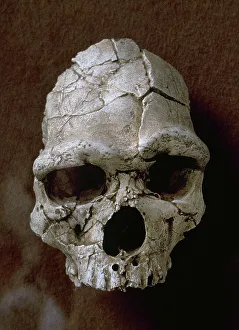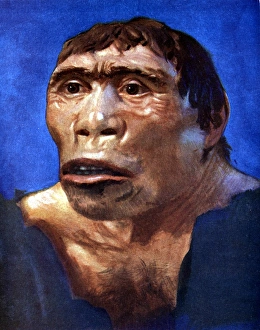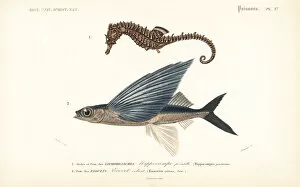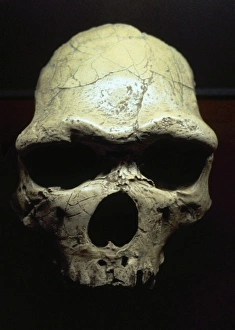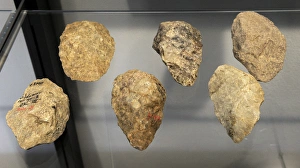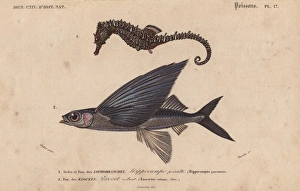Erectus Collection
"Erectus: Unveiling the Ancient Human Ancestor" Meet Erectus, also known as Tautavel Man, a fascinating subspecies of the hominid Homo erectus
All Professionally Made to Order for Quick Shipping
"Erectus: Unveiling the Ancient Human Ancestor" Meet Erectus, also known as Tautavel Man, a fascinating subspecies of the hominid Homo erectus. This remarkable creature roamed the Earth during the Lower Paleolithic era, leaving behind intriguing clues to our evolutionary past. One such clue is the reconstruction of Java Man, scientifically referred to as Pithecanthropus erectus. Based on a skull cap and thigh bone found in Java, this reconstruction provides us with a glimpse into what our distant ancestor may have looked like. Java Man is just one example of Homo Erectus erectus, showcasing their widespread presence across different regions. Their existence has been confirmed through various archaeological findings and research. The Acheulian Culture further sheds light on Erectus' intelligence and tool-making abilities. Hand axes discovered from this period between 1500000-200000 BC demonstrate their advanced skills in crafting essential tools for survival. Comparisons between man and gorilla highlight both similarities and differences in physical attributes. These lithographs offer an intriguing insight into how Erectus stood out among other primates during that time. But it's not just about human ancestors; nature has its own "erectus. " The lined seahorse (Hippocampus erectus) gracefully swims alongside tropical two-wing flying-fish, showcasing diverse life forms coexisting in harmony. Even plants bear witness to the name "erectus, " such as the Heather variety Bryanthus erectu swhich thrives in specific habitats despite challenging conditions—a testament to resilience and adaptation. Fossilized skulls provide invaluable information about Homo erectu s' cranial structure from a side view perspective. These remnants allow scientists to study their brain size and shape while unraveling more mysteries surrounding our ancient lineage. Sinathropusskull takes us back even further into prehistory's depths—Lower Paleolithic times where early human ancestors like Erectus began to emerge.

